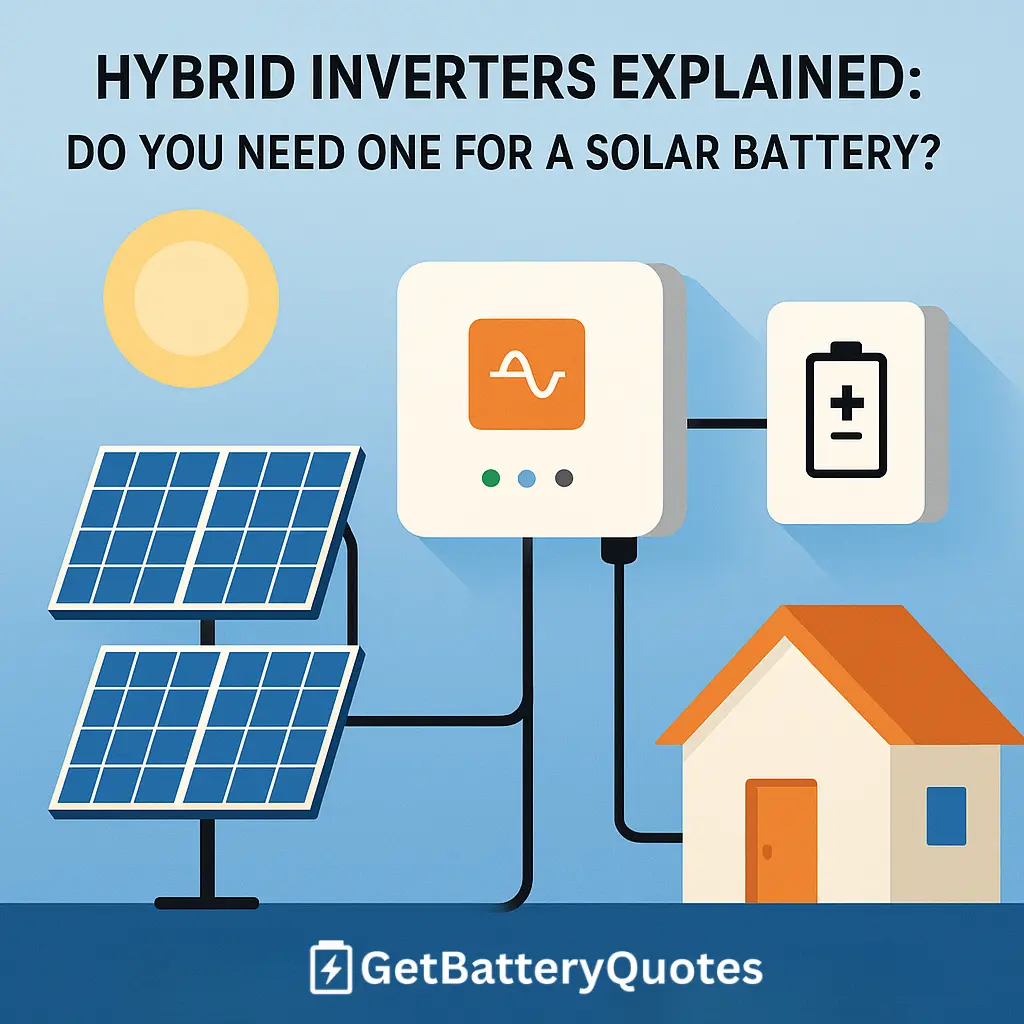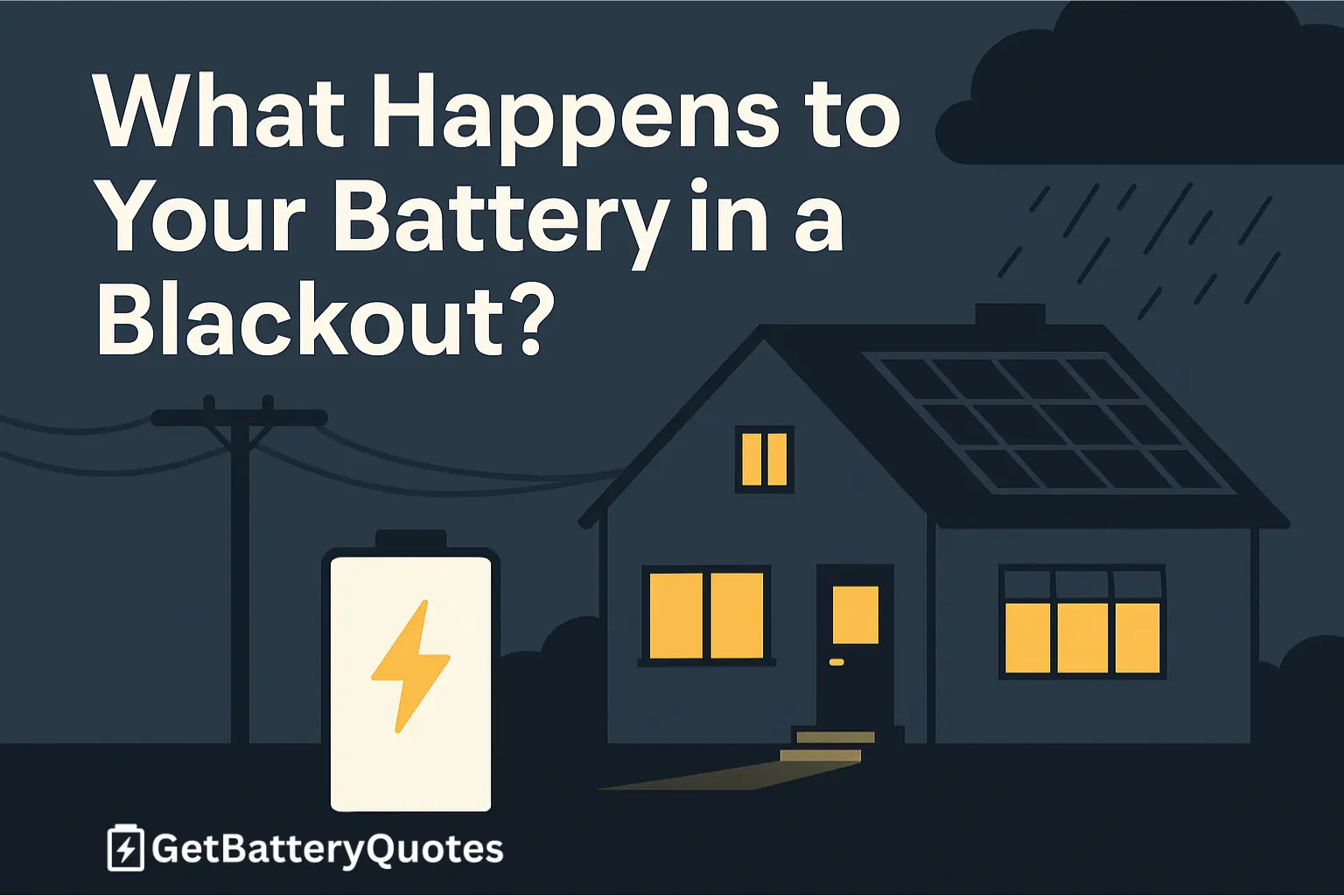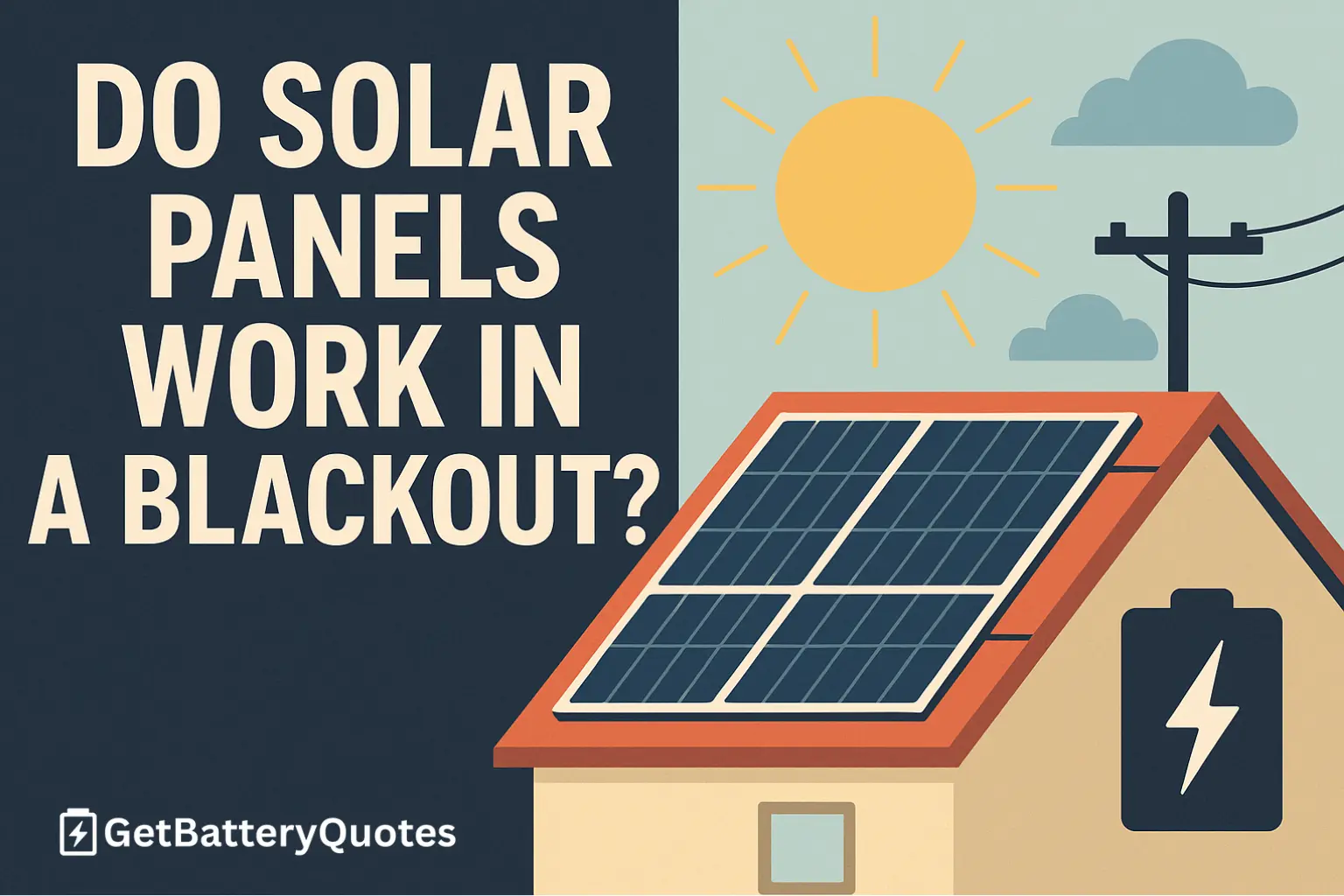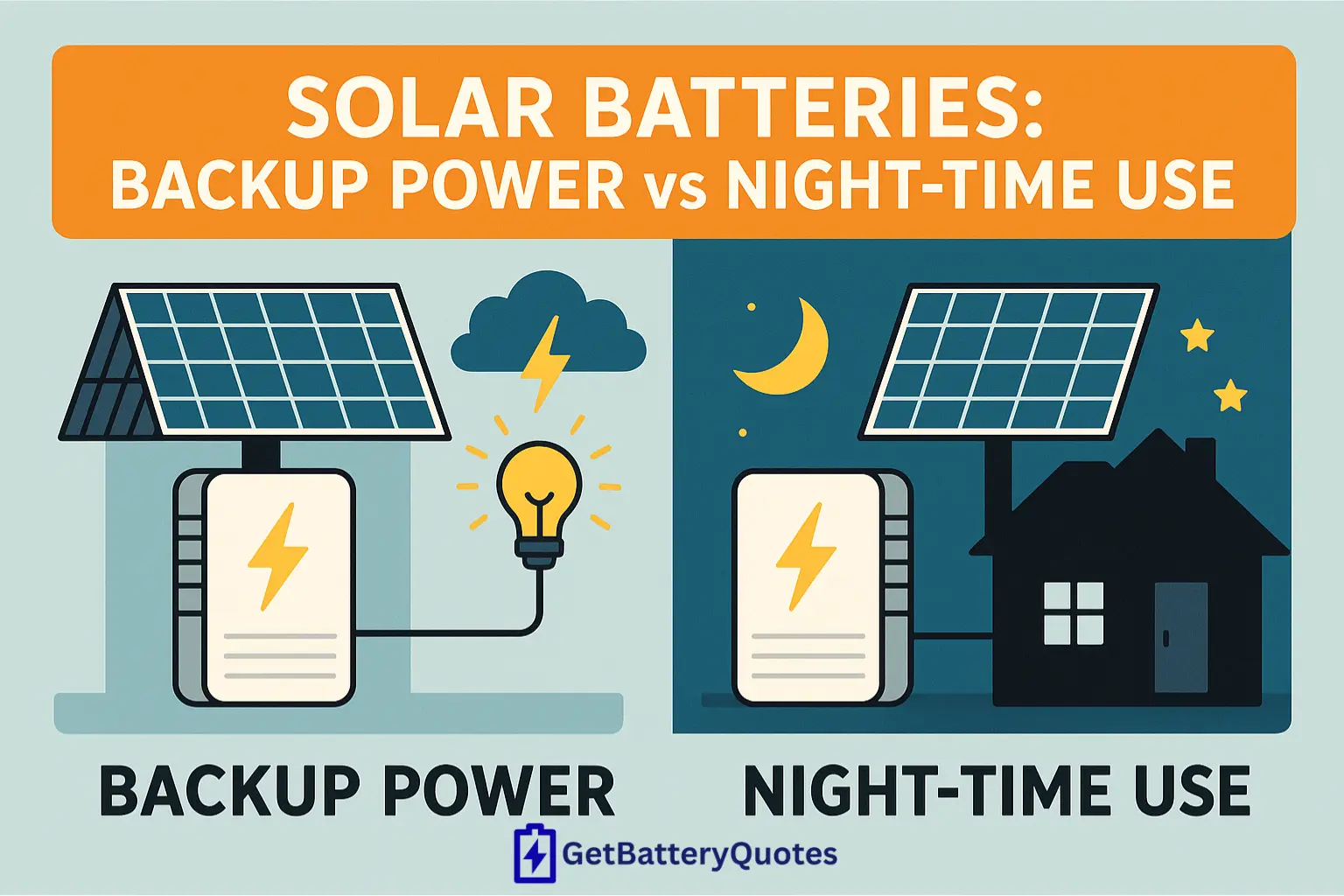Introduction
What is a Hybrid Inverter?
A hybrid inverter is a single device that combines two jobs:
- Solar inverter converting the DC electricity from your panels into usable AC power for your home.
- Battery inverter managing how your solar battery charges and discharges.
- Simpler fewer components, cleaner installation.
- Smarter one device manages solar, battery, and often backup power.
- More efficient reduces energy losses compared to running two inverters.
In short: if you’re installing a new solar-plus-battery system, a hybrid inverter is usually the best choice.
Hybrid vs Standard vs Battery Inverter: What’s the Difference?
When you start looking into batteries, the terminology can get confusing. Here’s a quick breakdown:
1. Standard Solar Inverter
- Installed with most rooftop solar systems in Australia.
- Converts DC power from panels into AC power for your home.
- Limitation: Can’t connect directly to a battery. If you want to add one later, you’ll usually need extra hardware.
2. Battery Inverter (or AC Coupled System)
- A separate inverter that works only with your battery.
- Can be added onto an existing solar system without replacing the original solar inverter.
- Common for retrofits, but less efficient because energy passes through two inverters.
3. Hybrid Inverter
- Combines both roles into one device.
- Manages solar panel output and battery charging/discharging.
- Often supports backup power during blackouts (model dependent).
- Ideal for new installs where you want solar and battery working together seamlessly.
In simple terms:
- If you’re adding a battery to an existing solar setup → a battery inverter may be needed.
- If you’re starting fresh with solar and battery together → a hybrid inverter is usually the smarter choice.
Why Hybrid Inverters Are Popular in Australia
Australia is one of the fastest-growing markets for home batteries, and hybrid inverters are at the centre of that trend. Homeowners are choosing them because they:
- Simplify the system With one device managing both solar and storage, there are fewer components, less wiring, and a cleaner installation.
- Save on upfront costs It’s usually cheaper to install a single hybrid inverter than to buy a solar inverter and a separate battery inverter.
- Improve efficiency Energy passes through one conversion process instead of two, so you lose less power along the way.
- Support backup power Many hybrid inverters can keep essential appliances running during a blackout (if paired with a compatible battery).
- Work with rebates Under the new federal battery rebate and state schemes, hybrid inverters make compliance easier since the whole system is designed to meet current standards.
Leading brands such as Sungrow, GoodWe, Fronius, SolarEdge, and Huawei all offer hybrid inverter models approved for use in Australia. Each has its strengths from Sungrow’s affordability to Fronius’s strong Australian presence but the key point is the same: hybrid inverters are becoming the new standard for solar-plus-battery systems.
When a Hybrid Inverter Makes Sense
A hybrid inverter isn’t always required, but in the right situation it can make your system simpler and more cost-effective.
Best suited for:
- New solar + battery systems If you’re installing both at the same time, a hybrid inverter is the obvious choice. It keeps everything streamlined and future-proof.
- Homes planning for a battery later Some homeowners install a hybrid inverter upfront, even if they don’t buy the battery straight away. This means when they do add one, it’s a simple plug-in job rather than a full upgrade.
- Households wanting blackout protection Hybrid inverters can switch to battery backup during outages (if supported by the model and installation setup).
Not always ideal for:
- Retrofits If you already have solar with a standard inverter, replacing it with a hybrid just to add a battery may not be the most economical path. In this case, a separate battery inverter (AC-coupled) is often simpler.
- Complex or oversized systems Some larger setups or commercial systems may require multiple inverters or more specialized equipment.
Pros and Cons of Hybrid Inverters
Like any technology, hybrid inverters come with strengths and trade-offs.
Pros
- One device manages both solar and battery
- Cleaner installation with less cabling
- Generally cheaper than installing two separate inverters
- Higher efficiency with fewer energy conversions
- Many models support backup power during blackouts
- Widely available from trusted brands in Australia
Cons
- Replacing an existing solar inverter with a hybrid can be costly
- Not all hybrid inverters are compatible with every battery model
- Backup capability may require additional hardware or switchboards
- Warranty periods can vary between brands (usually 5–10 years)
- Less flexible for upgrades if you already have an older solar system






